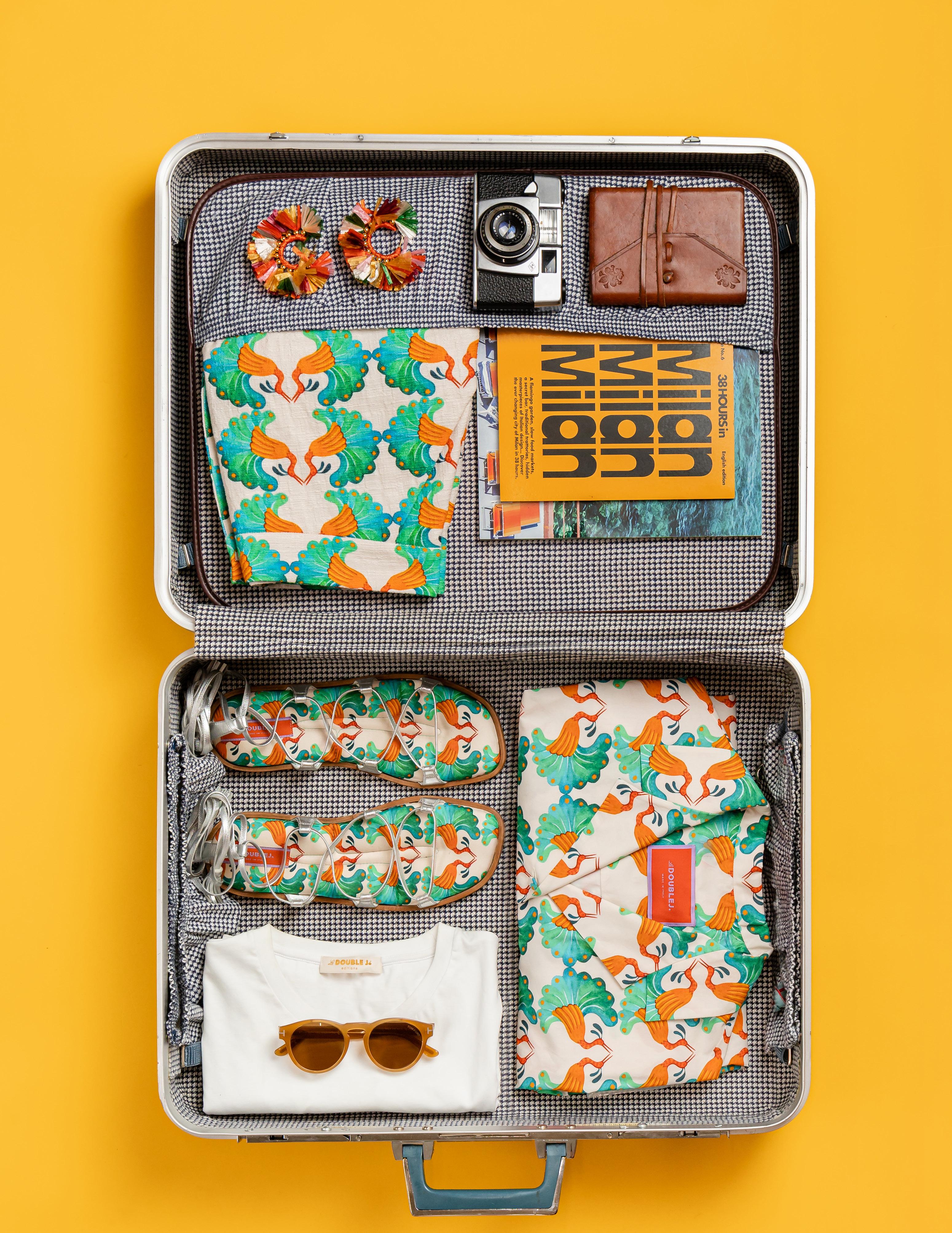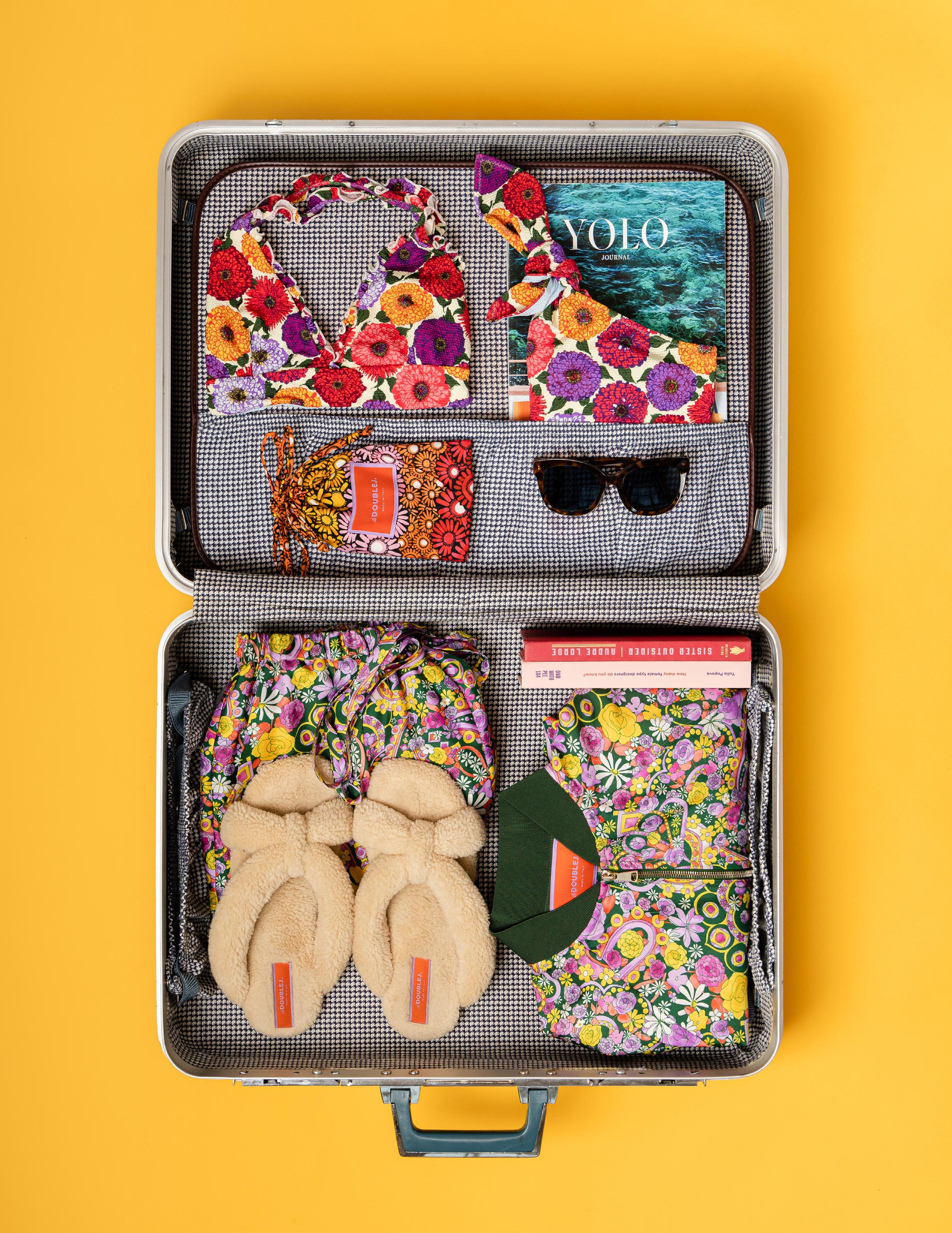

ANDIAMO!
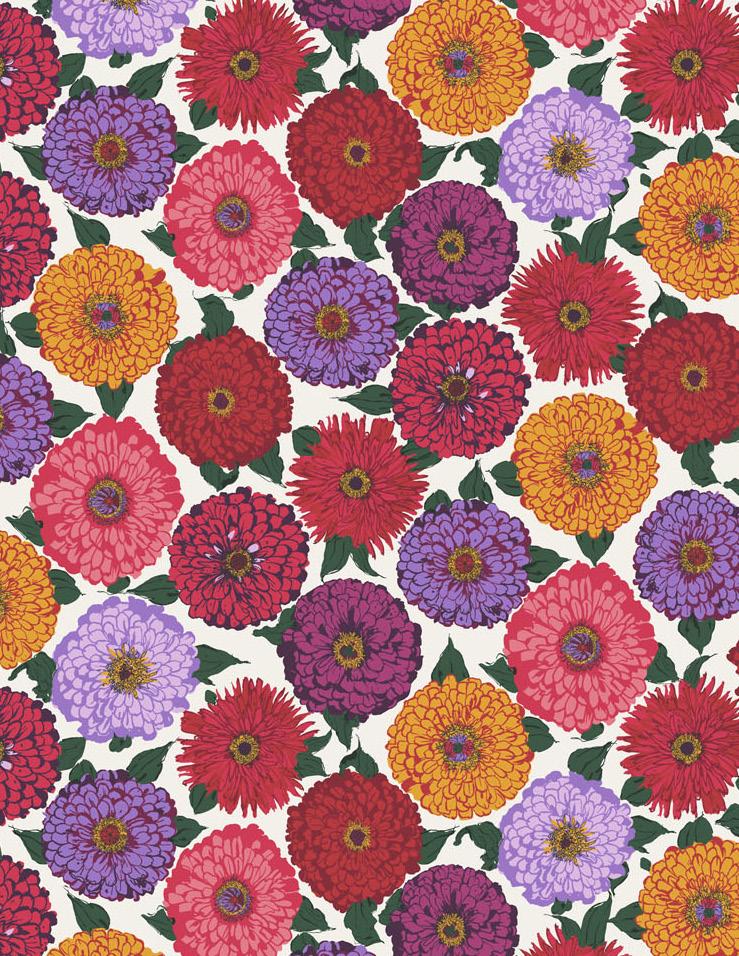
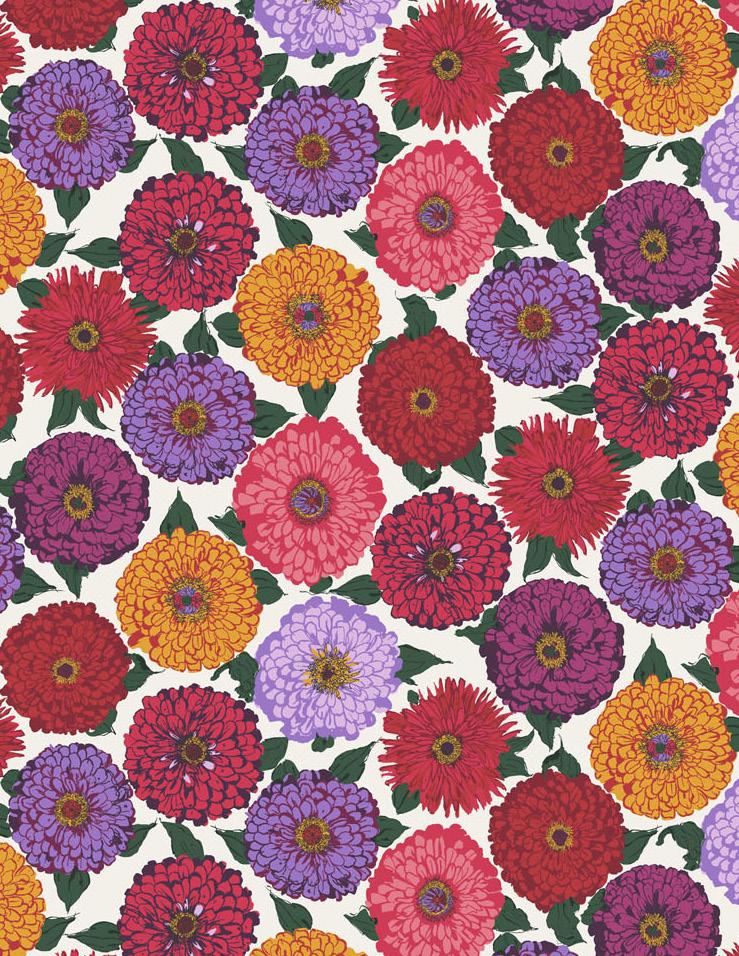
VACATION NATION: WHAT I LEARNED FROM BEING A HOUSE GUEST
Over two decades in Italy, I’ve visited almost every corner of this great country. The best way to travel here, I’ve learned, is as a guest. Since most Italians have a second home—even a small shed with a bed—you almost always end up having the opportunity to be hosted by a friend. All of these places taught me their local customs, charms, rhythms, and pace. I watched, I tasted, I listened, and I learned. These are a few sacred spots in Italy where I’ve had my heart cracked open.
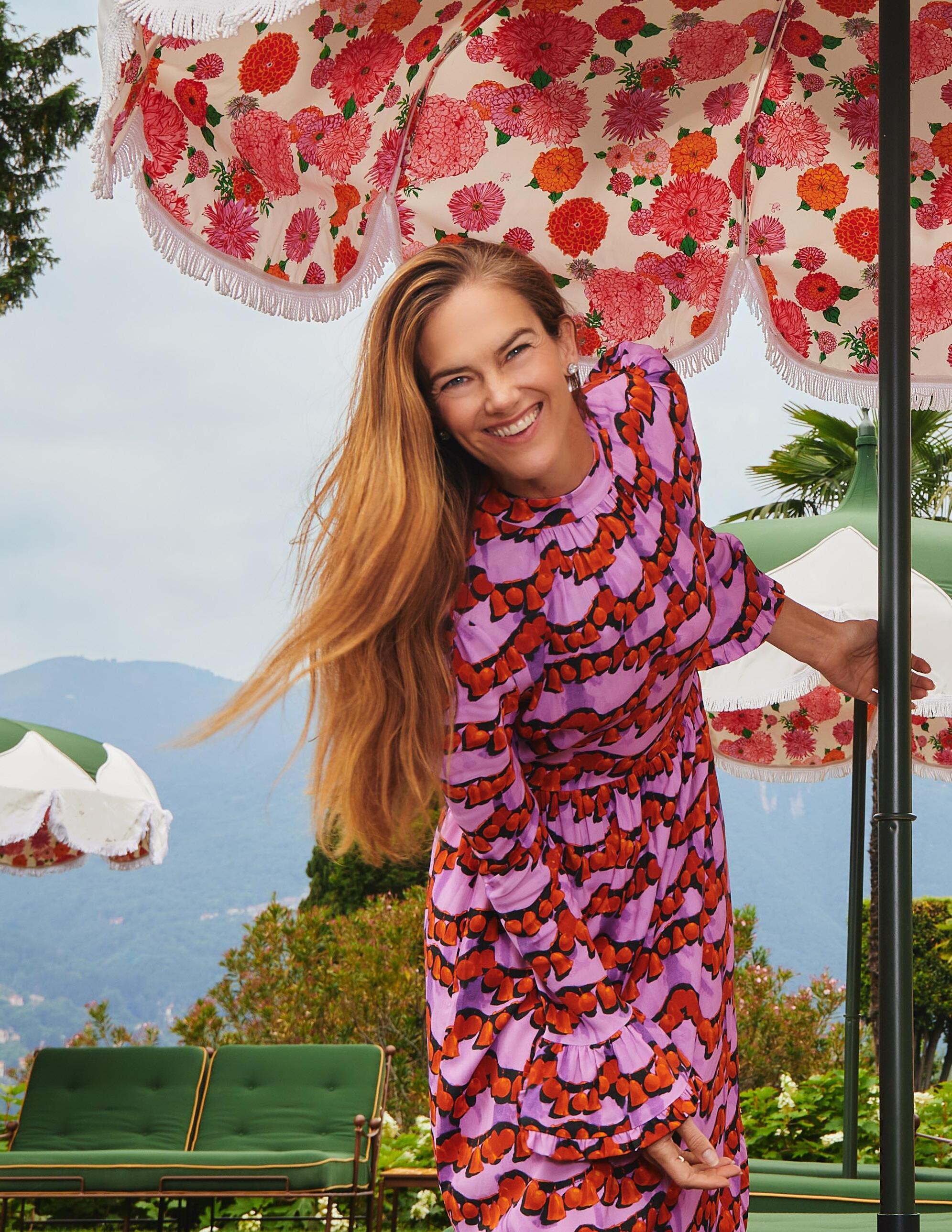
Poolside at Villa Passalacqua, which was a DoubleJ design from umbrellas to lounge chairs
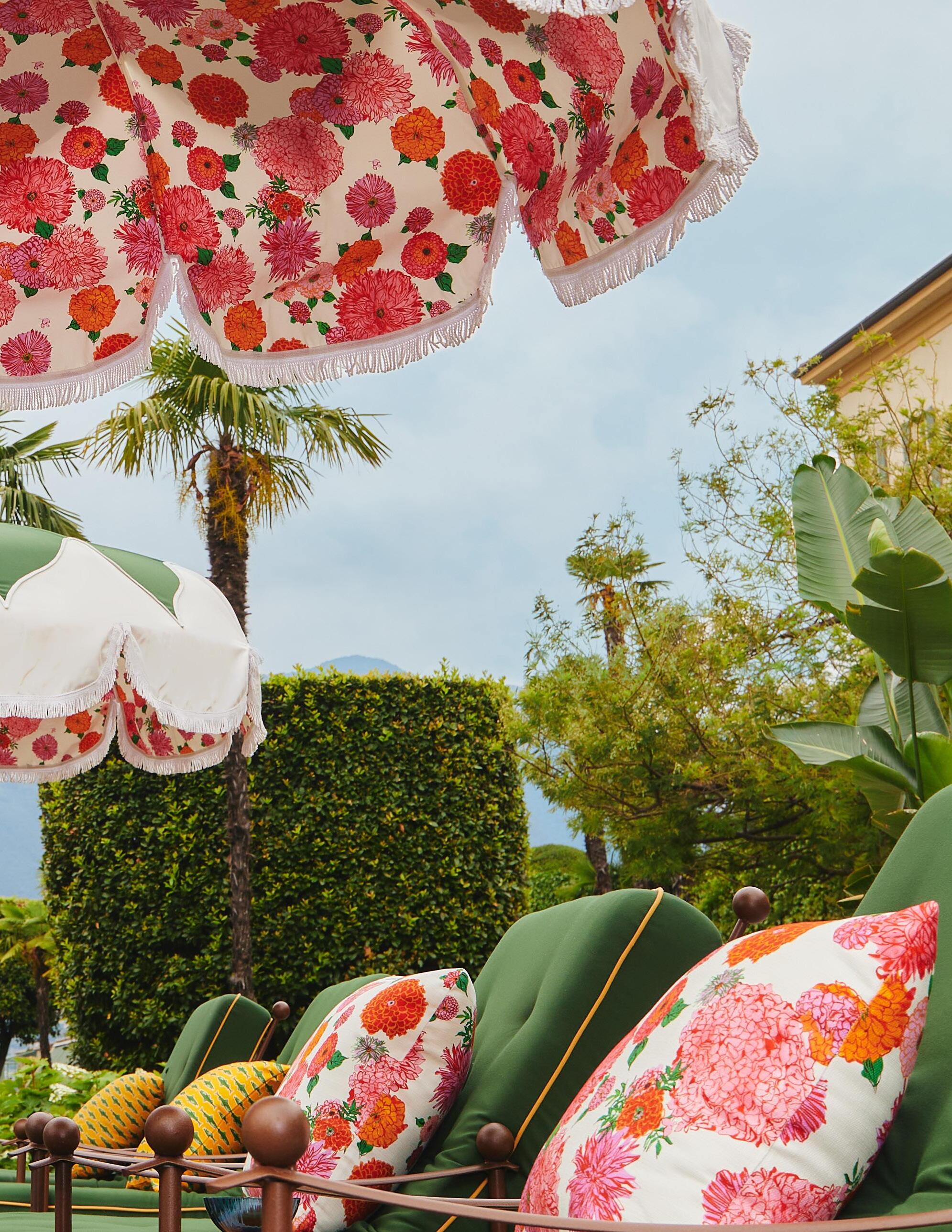
LAKE COMO
I can get to Lake Como from my doorstep in Milan in 44 minutes flat. That is less time than I’ve spent in a taxi going from uptown Manhattan to Brooklyn. The proximity is incredible, and yet many Milanese people do not frequent this jewel. Why not? This was the response I got from my Milanese friends: “It’s sleepy! It’s sad! It’s depressing! And there’s nothing to do!” Wait, what?! Lake Como is one of the most gorgeous corners of Italy—covered in sloping terraces and vibrant gardens that pour down into the lake—but the Italians are so spoiled for beauty that they can afford to find a less expensive slice of their country’s bounty.
The real reason that the Milanese don’t love the lake is that there aren’t many places to actually gather and be Italian: no beaches where they can all pile on top of each other, or shallow waters where they can plant themselves, or a defined town center around which they can all do their passeggiata. The lake is a mysterious, deep, powerfully dark body of water. And it’s really best enjoyed from a lakefront villa. So, naturally, I became a guest.
One weekend, I was in Como at a hotel I didn’t like. I suddenly became very Italian and contacted my friend Emily FitzRoy in London, who knows all things travelrelated in Italy, to see if she could help me out. She instantly snapped into Italian mode (her grandmother is Neapolitan) and called her friend Valentina De Santis, who just happened to own a gorgeous hotel down the lake called the Grand Hotel Tremezzo. A few hours later, I found myself on a captained Riva landing on her orange-striped shores and being greeted by her hotel manager, Silvio.
Valentina told me she was a fan of La DoubleJ, so I sent her a dress. A few months later, she asked me if DoubleJ would decorate the pool and lounge area of a new 24-room villa she was opening the following year. When it opened in June 2022, Villa Passalacqua quickly became one of Como’s most magical corners, and we were able to shower a small slice of it with our signature prints and joyful designs.

PORTOFINO
Only two hours from Milan on the Ligurian coast, Portofino surprises people because, for all of its globally glamorous reputation, it’s actually the size of a peanut. It bangs a lot of beauty into its tiny frame, but this also means it’s packed with tourists.
I got married in Portofino. I learned, by watching the locals, how to navigate this special little jewel: skip the stores and go for a hike up on Il Monte above the port; walk to San Fruttuoso, a magnificent abbey unreachable by car; avoid the crowded beaches and rent a little boat (not a flashy super yacht!) to go to a little cove with a supply of panini from the tiny bakery in town; never go in July or August; always stay on a Sunday night in spring or fall when the piazza empties out.
Although it appears to be a playground for the super-rich, Portofino is actually filled with lovely, modest homes that dot the Monte, inhabited by people who just want to enjoy their little corner of paradise. Seeing friends in town doesn’t require much—you’ll just bump into them at 7pm in the piazza and then you can make a plan for a boat the next morning.



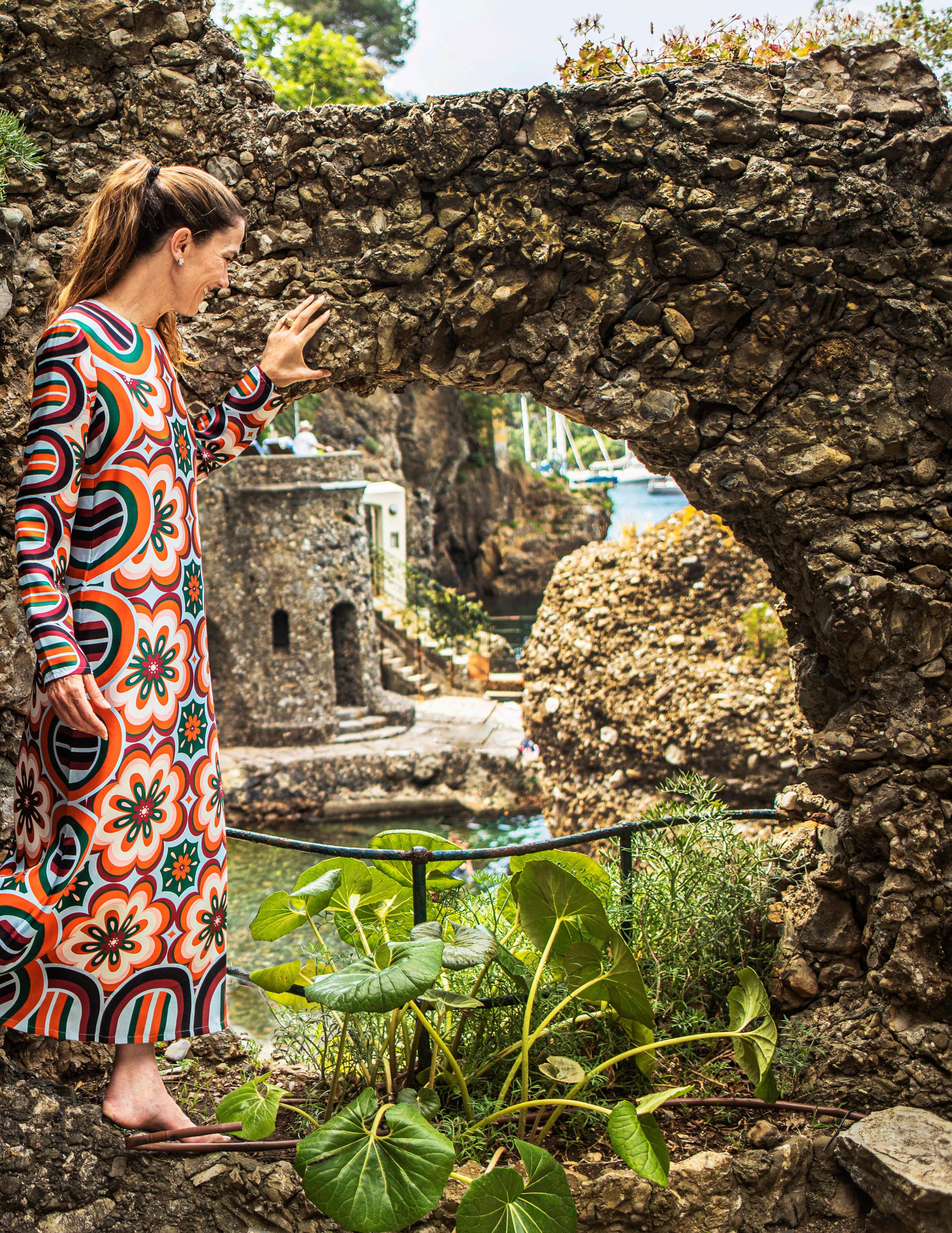
My favorite secret cove in Portofino, hidden beneath the Hotel Splendido Mare
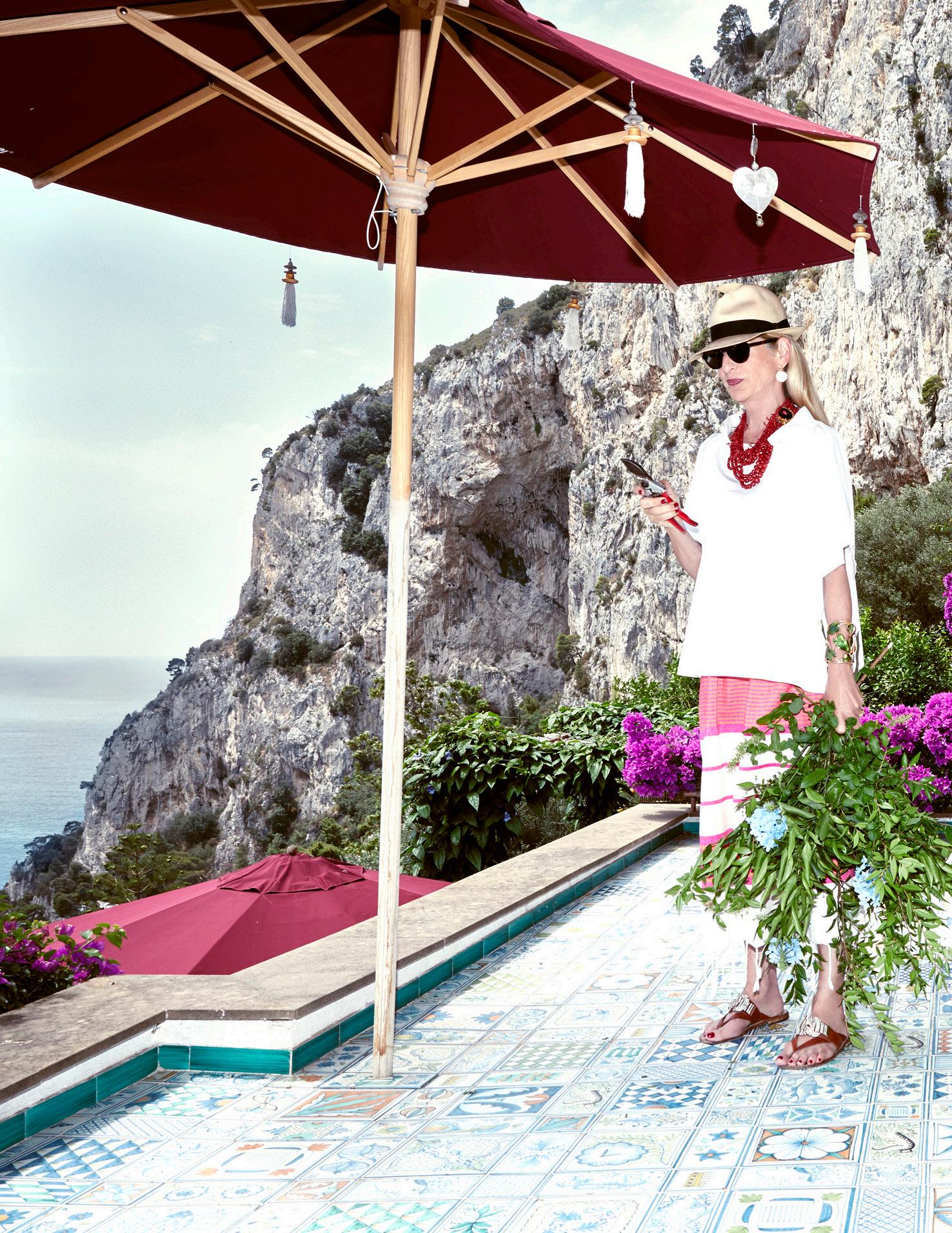
Sussane Thun on her maximally tiled rooftop terrace on her sensational home in Capri
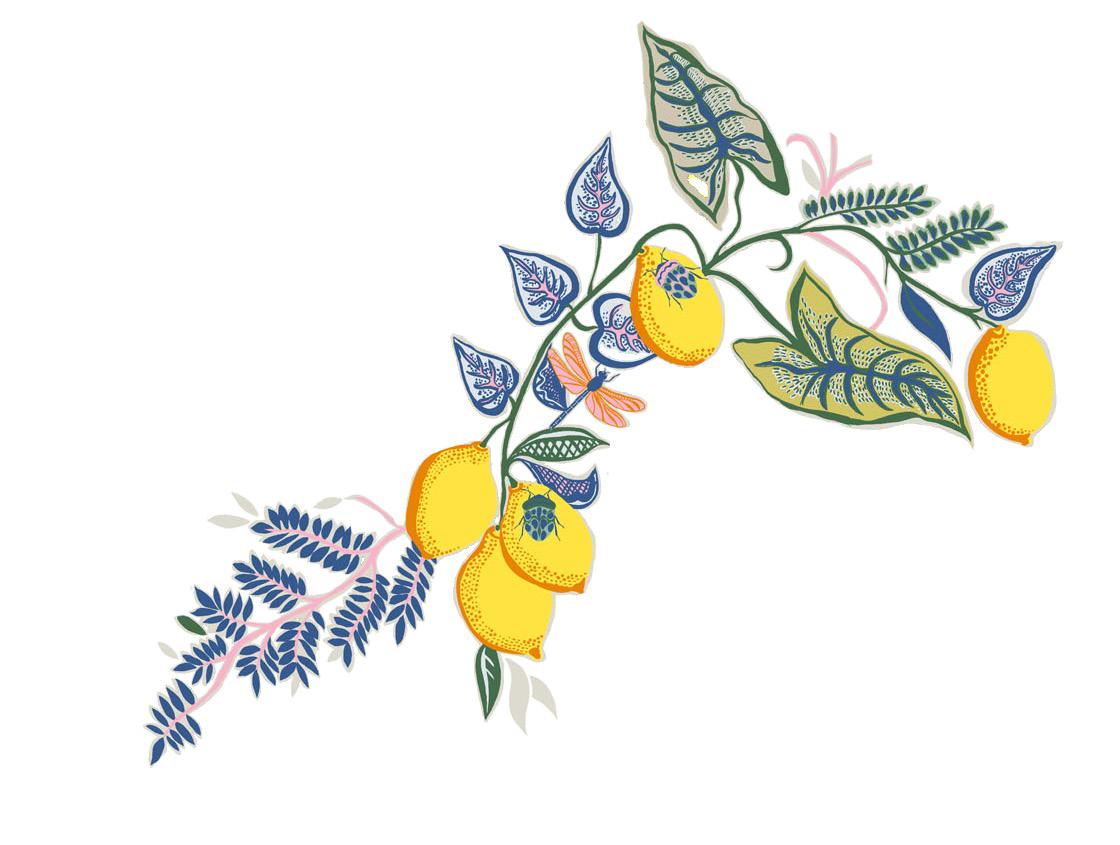
CAPRI
Carpeted in magenta bougainvillea, with tangles of rosemary and lemons and surrounded by transparent turquoise and emerald waters, Capri is a stunner of an island in the Bay of Naples. Crowds of visitors swim, boat, eat, and shop here. I’ve been invited each summer by my friends Susanne Thun, a former stylist and decorator, and her architect husband, Matteo. Their home, which Matteo designed, is built into a vertical slab of rock that overlooks Marina Piccola and the two most romantic arched rocks in the world: i faraglioni.
The house is an Edenic paradise surrounded by a grove of olive trees and exploding bushes of white roses. It was here that I studied Susanne as she decorated, organized, entertained, hosted, dressed, cooked, shopped, and personified the very way to live like an Italian.
And it was also here that I finally connected to the incredible, bright-green heart of Capri sliced into the Monte, which most visitors never see. Matteo and I would make it up to the top just as the sun rose over a small church. I learned to crave sinking into the ivy-floored ground and the silence at the top of the Monte, light years away from the bustle below.
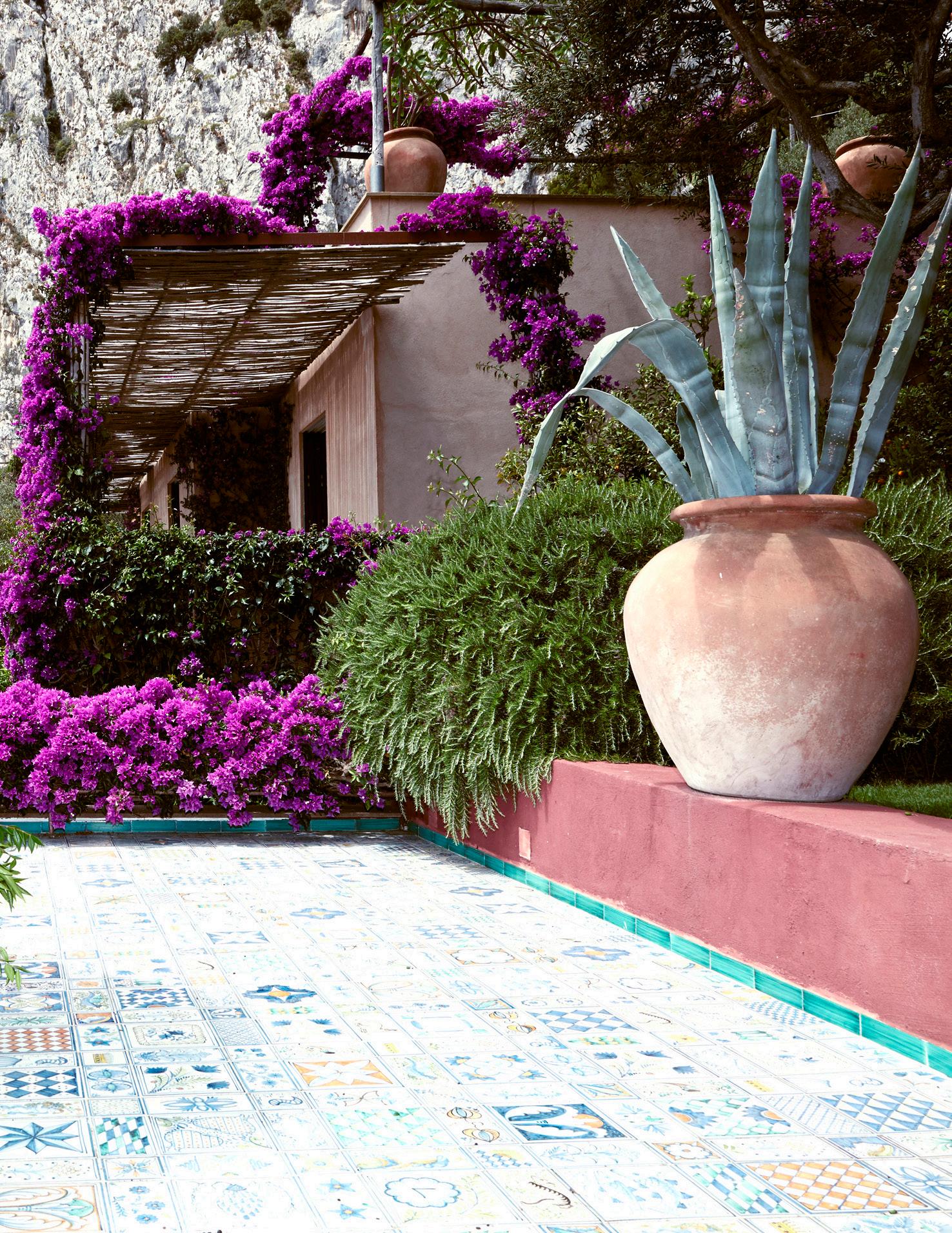

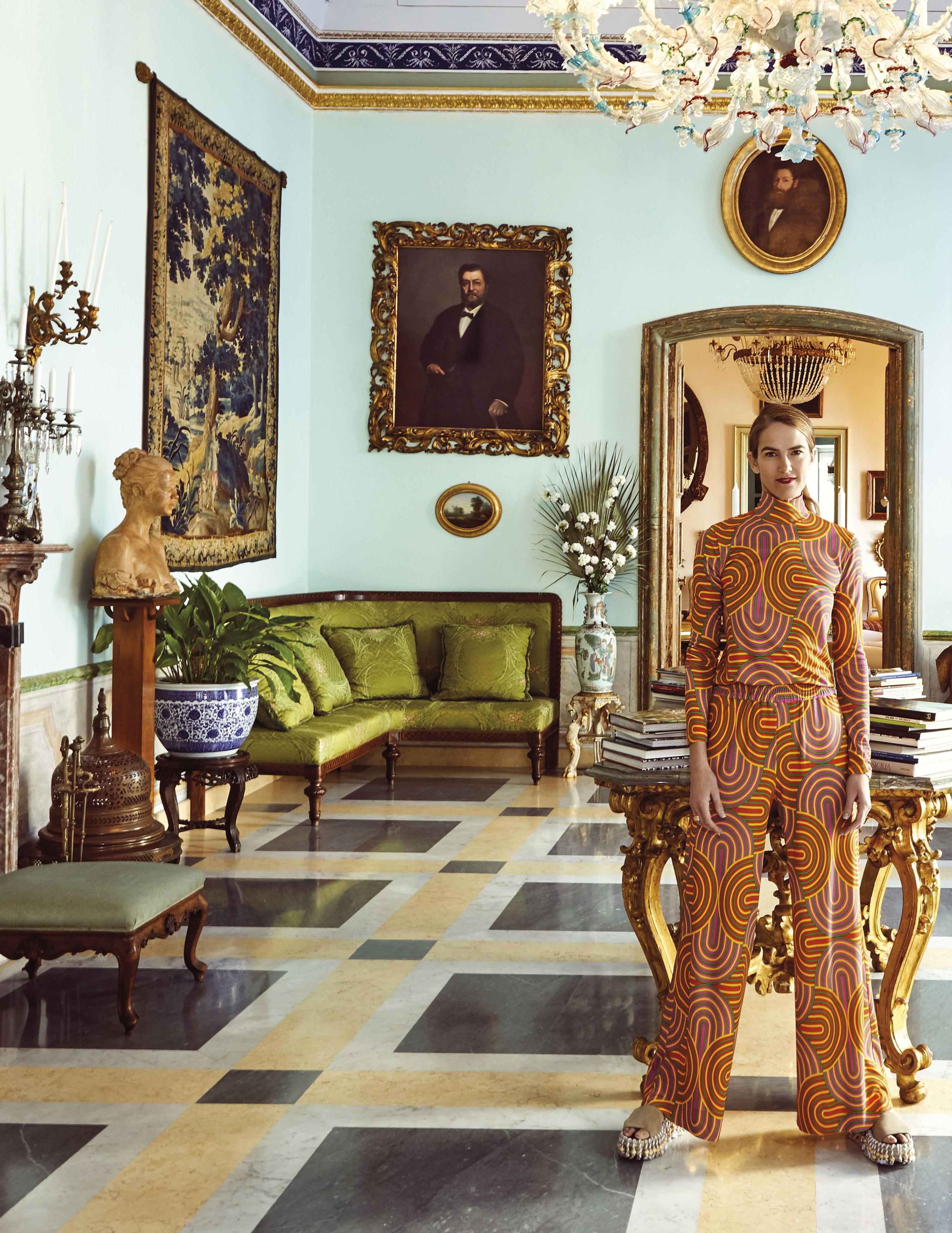
Inside a glorious, gilded villa in Palermo
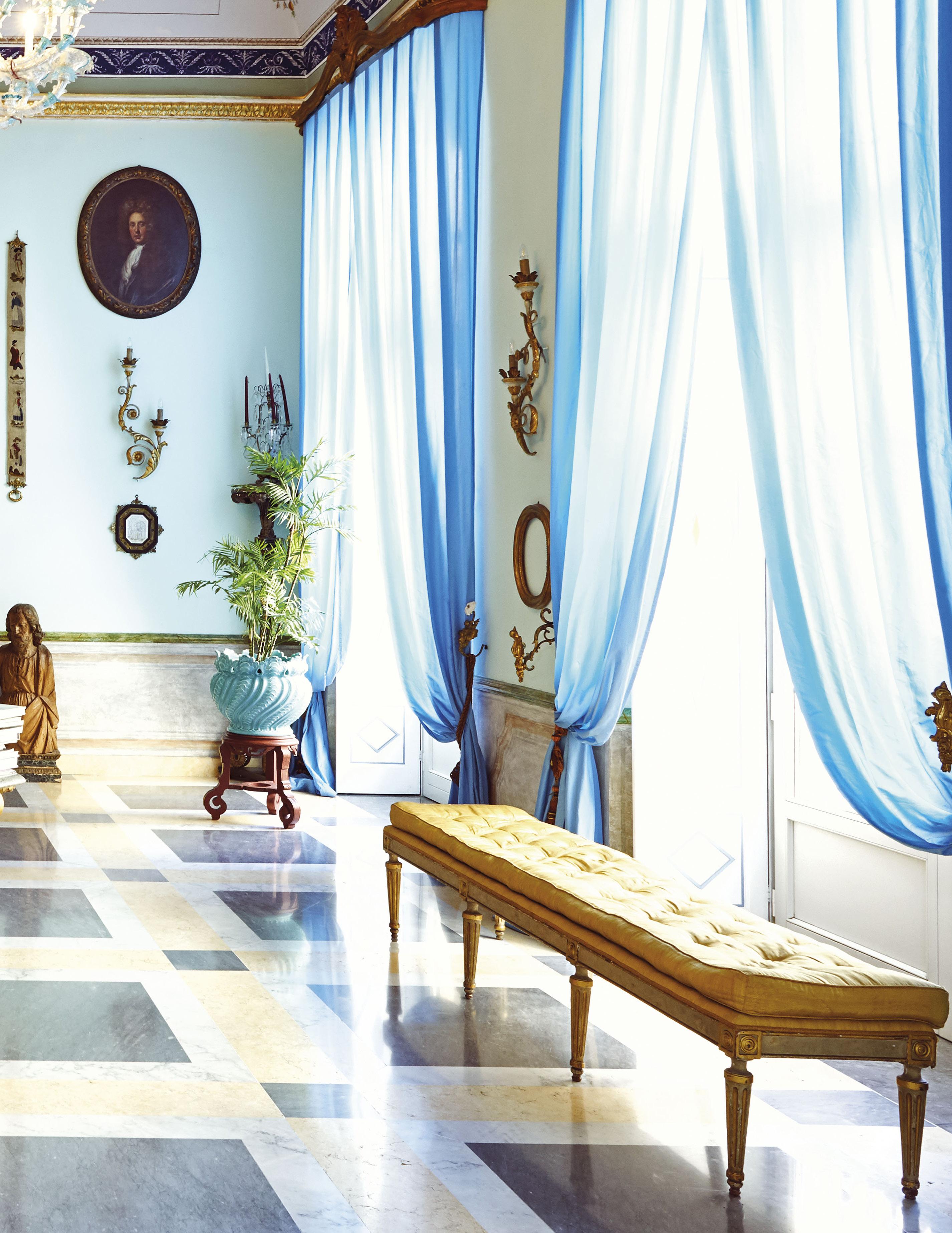

SICILY
If Italy is a soft ball of mozzarella, then Sicily is an oozy pile of burrata—even softer, even warmer, even richer. Richer in calories (you will gain 10 pounds for each week you stay), richer in ornamentation (the Baroque churches are simply sensational) and, above all, richer in feeling. Sicily is literally hot with its southern temperatures, but also in its fiery, open hearts that give love freely. Sicilians are the friendliest, nicest, most uncomplicated people you will ever meet. They are also wildly generous. Doors fling open wherever you go; you’re always invited. You can be a friend of a friend of a friend, and a Sicilian will make it their absolute duty to entertain you, take care of you, and make you feel welcome and pampered in their hometown.
PALERMO
Palermo is an intoxicating shake-up of east and west, beauty and grit, formal and informal. It is a highly traditional city, where classic rules around form, style, and manners are still very much honored, and yet a rumbling of wildness and exotic extravagance vibrates under everything.
I was introduced to this special place by Mario dell’Oglio, a supremely well-dressed local who went to business school with Andrea and whose family has lived in Palermo for generations. We didn’t know him well, but he put us up in his extra apartment, brought us to three-hour lunches overlooking the sea at his friend’s Planeta winery 45 minutes away, and ushered us on a tour of the famed Palazzo Ganji—the mammoth gilded site of Visconti’s Il Gattopardo (The Leopard). It was closed to the public, but friends of his were restoring it. (Of course they were.)
Several years later, when I started La DoubleJ, Mario was the first retailer in town to pick up our label and he launched us as only a Sicilian would. He rented an enormous palazzo, invited every chic woman in town for lunch, organized our Legendary Lady photo shoots, and threw a party in his store. Being hosted by a Sicilian became the most decadent experience of my life.
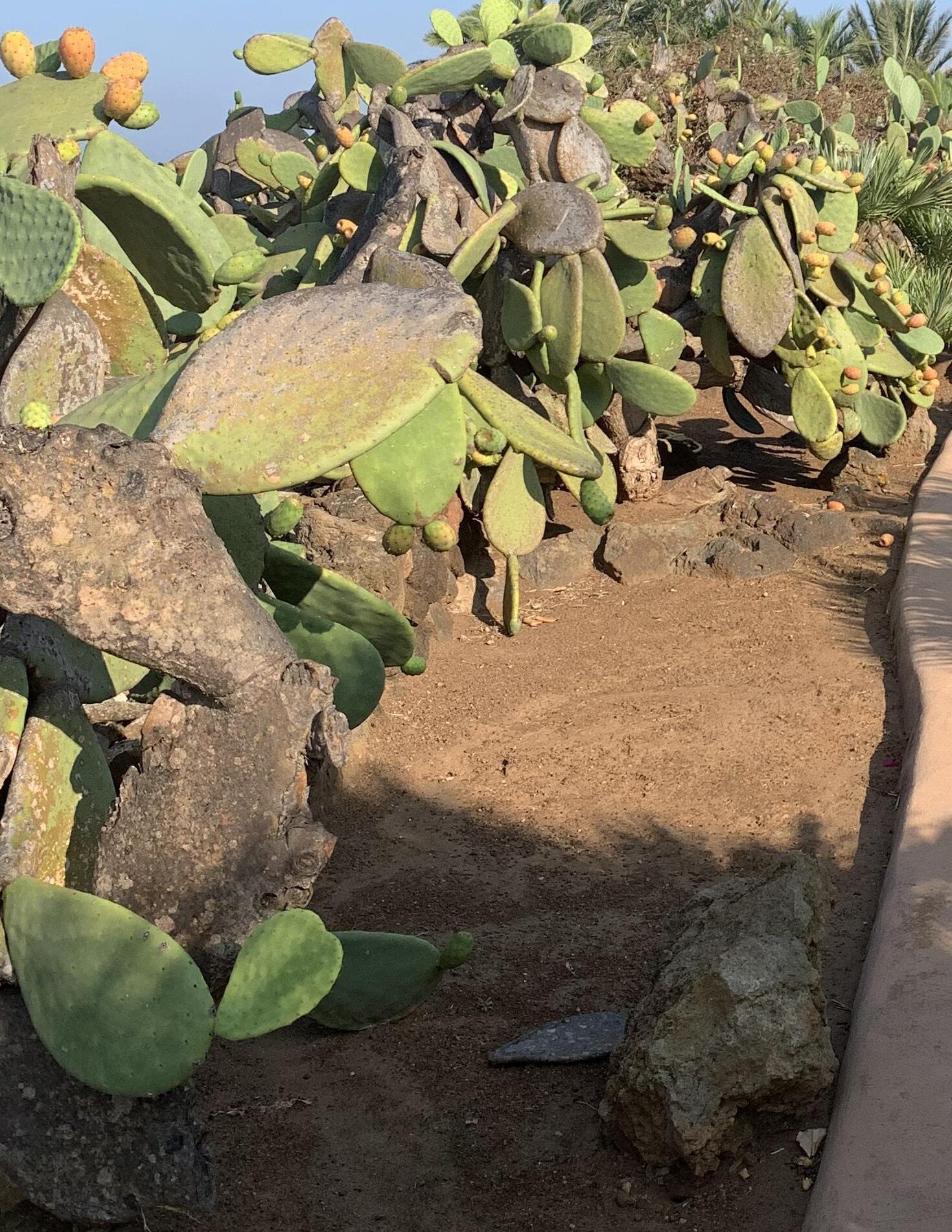
SCICLI
Over Christmas 2015, I visited my friends Alberto and Laura Biagetti in Scicli, a town in southeastern Sicily with a population of 20,000. Scicli is not a rich city, but it has a noble, elegant past and is dotted with many beautiful palazzos bearing elegant, wave-like facades and intricate iron balconies. In the small town’s twisting streets, ancient ruins date to the Bronze Age, and there are more than a hundred churches. The entire city is built from a sandy rose-colored stone that illuminates like a pristine, pink-yellow backlit stage when the sun hits it every morning. From afar, the city appears like a mass of small cubes in a tight, tidy formation, as if the inside of the mountain had been scooped out like rough eggplant flesh, diced up, and then reassembled inside its matching skin.
I had come to Scicli exhausted—mentally, physically, emotionally, spiritually— having launched my company a year earlier, and it had been a wild circus ride. So I turned my back on her completely and didn’t answer a single work email for 7 days, a personal lifetime record. I was becoming an Italian!
Scicli reminded me of the sacredness in the small. The good energy of this magical, humble place spun around me. It wound around the narrow, steep stone pathways where tiny doors led to small, poor homes built under the rock. It blew under the groups of old men who congregated every morning and late afternoon on street corners, many of them missing teeth, but all of them dressed with care and flair. They wore collared sweaters buttoned up to the neck, sturdy wool jackets, and driving hats. In poor areas in the south of Italy, I could sense despondence and defeat in the men who stood outside, waiting for something to happen and yet knowing it never would. But in Scicli, there was a buoyancy and internal brightness to many of the locals. Their eyes twinkled with a sense of purpose—there was hope and faith that everything would be just fine.
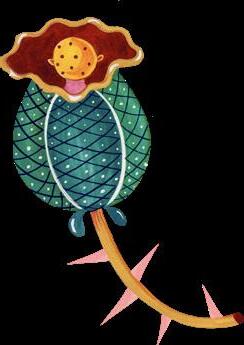
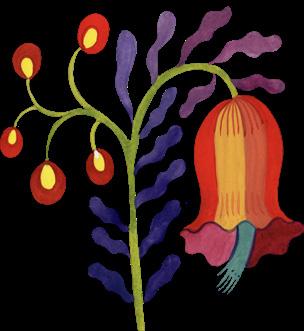
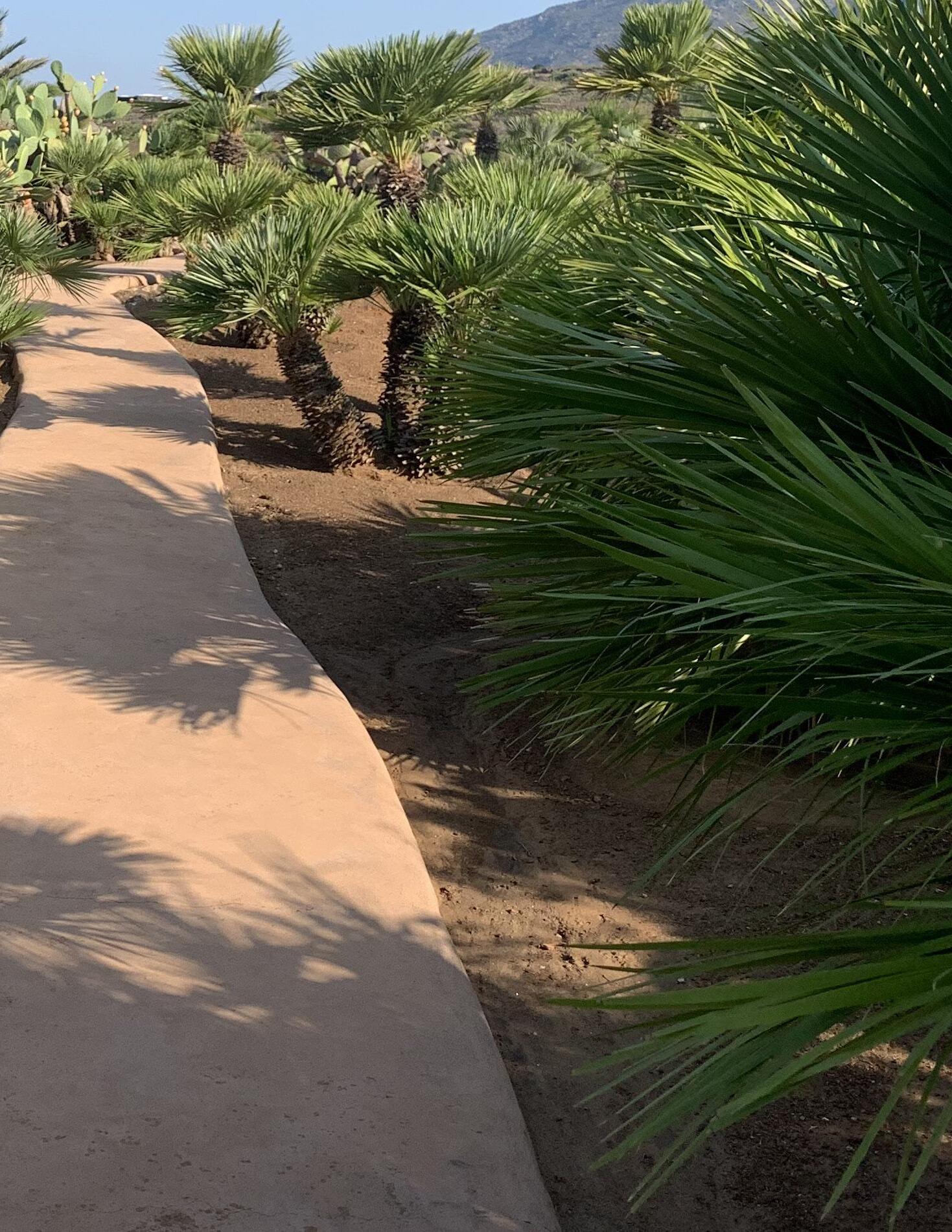
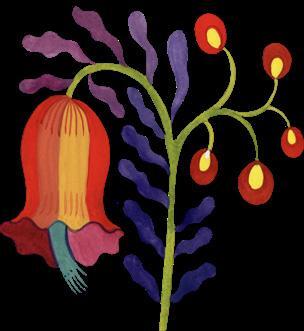
MT. ETNA
Le Tre Contrade is a spectacular villa at the base of Mount Etna owned by two friends, Jon and Marco, who spent years refurbishing the property. The surrounding towns and seaside of this villa are nothing to write home about. But once you’ve been whisked into the grounds, you don’t care. The gardens are a wild Eden with views of the volcano, which was spitting fiery sparks one time I came. The 12 bedrooms used to be for a noble family—now Jon and Marco rent it out as an ultraluxe B&B, or for cooking-class retreats, or as a gathering place for friends.
Everything swirls around their cook, Dora, the blood pumper of the entire operation. She handmakes everything in their professional kitchen, sending out a fleet of freshly made quiches, eggplant pastas and the best fava bean and fresh pea soup you’ve ever had in your life. You come here on vacation and you rest, read, sleep, eat, and repeat. Then when you get home, you can’t button your pants up anymore.
PANTELLERIA
I first learned about Pantelleria from Giorgio Armani, who built a home here in the 1990s before anyone had heard of it. He intrigued me with tales of this wild, raw, unpredictable place with no hotels, no beaches, no taxis, no chic places for cocktails, no sand, no shade, and none of the creature comforts of regular Italian vacationing. This volcanic island, south of Sicily and just north of Tunisia, is scorching hot in the summer, harshly windy all year round, and a pain in the neck to get to. It is a vertiginous pile of obsidian (a crystal rock known for its powerful energetic qualities). The island pulsates with undeniable power, which Armani cautioned me about, offering me the keys to his house for a stay some years ago. And the island offered its gifts freely—I rolled around in the high-mineral mud at the island’s central lake, pulling in waves of potent energy into my cells; I connected to the stones, crystals, and water at seaside yoga with the sunrise.
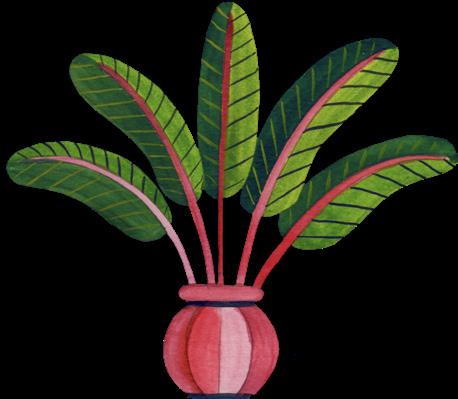
PUGLIA
Puglia is arid and, in many places, eerily empty. You might arrive and wonder, “Where am I and why am I here?” It’s not lush Liguria or romantic Tuscany. You’ve got a little work to do in order to penetrate its magic and beauty. In fact, you really need to be guided here to get anchored down into its beautiful roots. I was a guest in the Otranto family home of Carlo and Ennio Capasa—my friends from Costume National—probably 50 times. This was a place where I learned to cook many things (see the next chapter!), and where I ate warm sheep’s ricotta for the first time, freshly made by a farmer down the road. Many years later, I had solo adventures in this corner of Puglia, discovering caves built into the sea and practicing energy and meditation work inside their craggy cavities.
Usage: When you’re trapped in a line somewhere beautiful or lost in a maze of tiny, narrow streets that Google maps has never heard of.


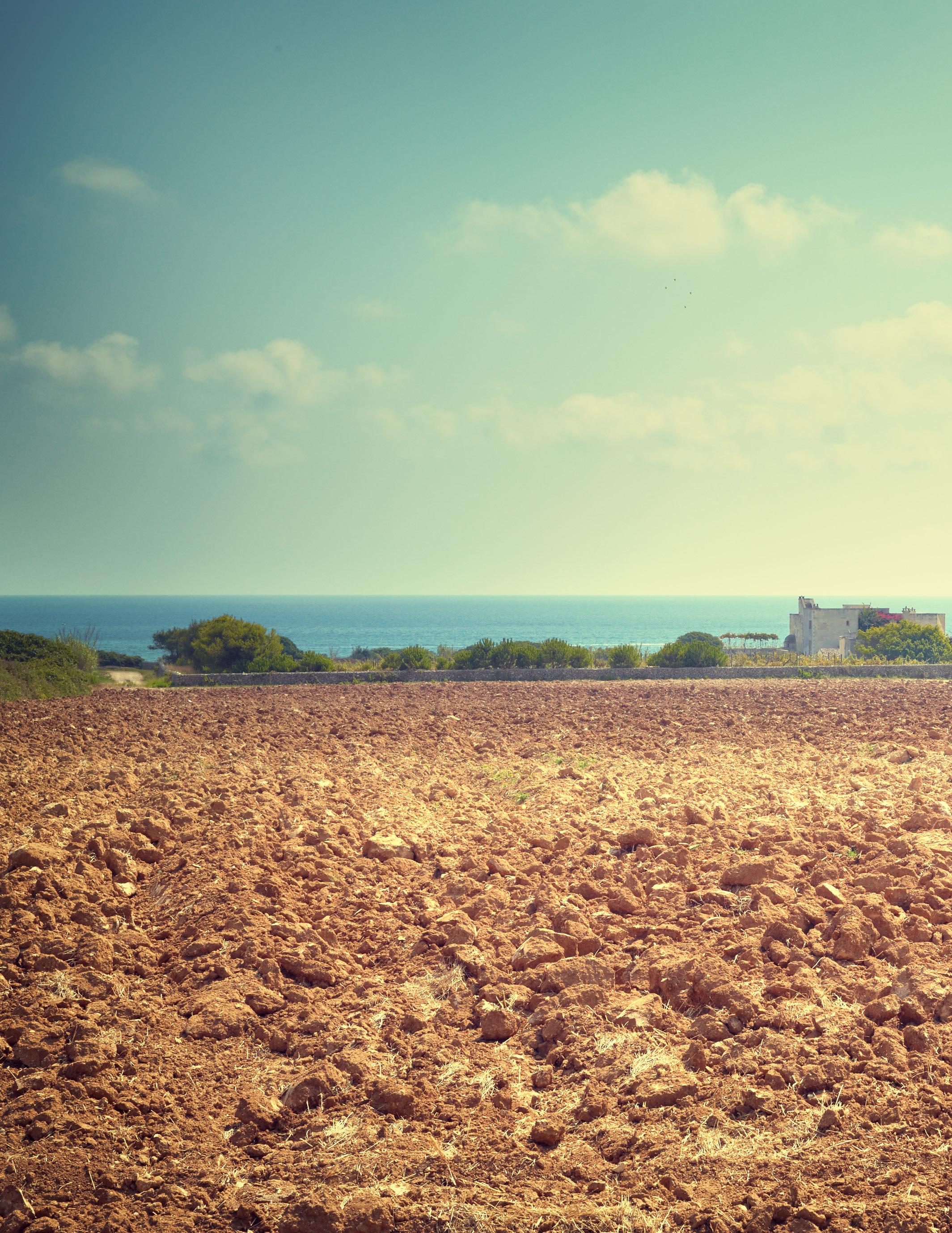


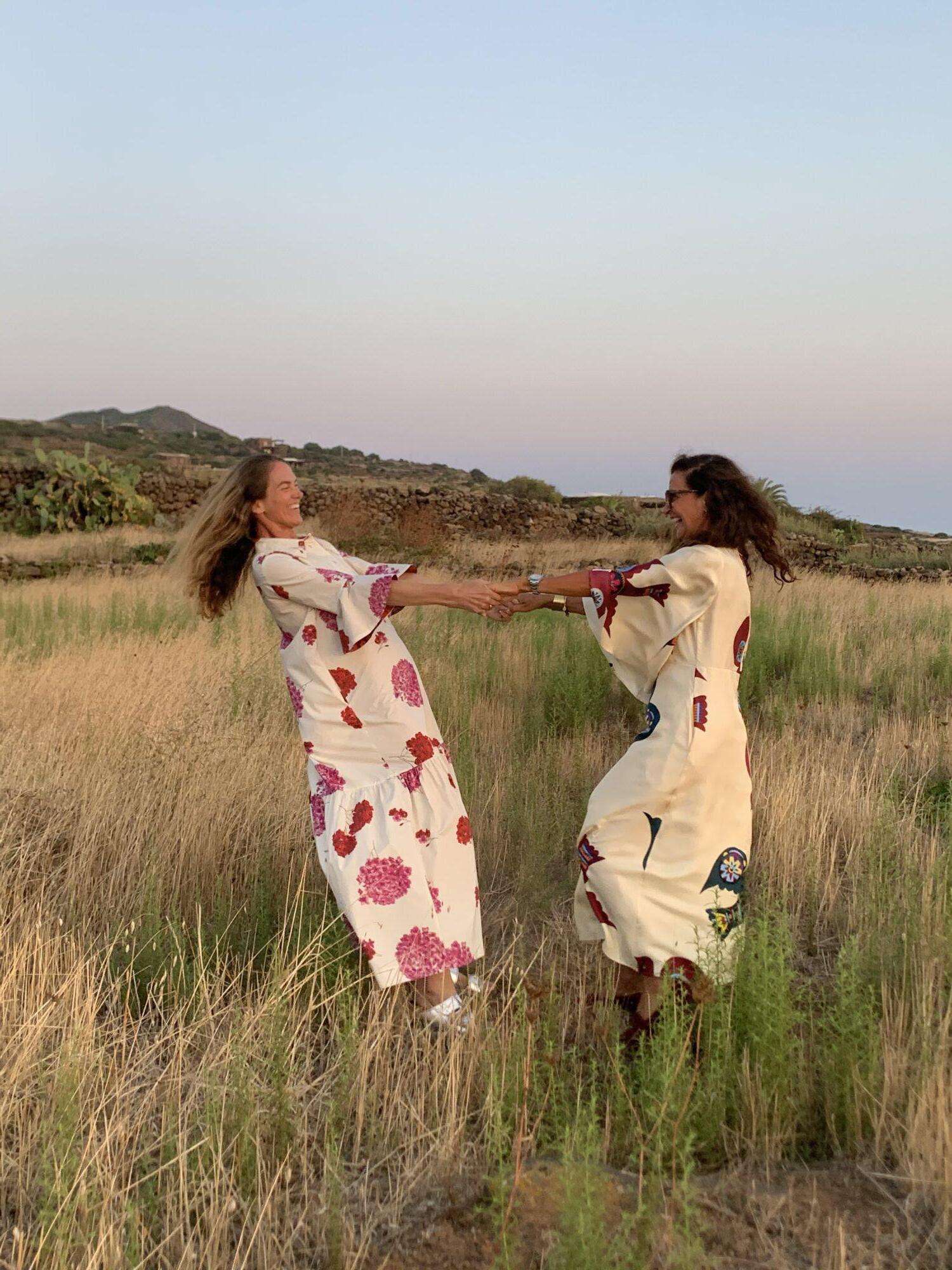
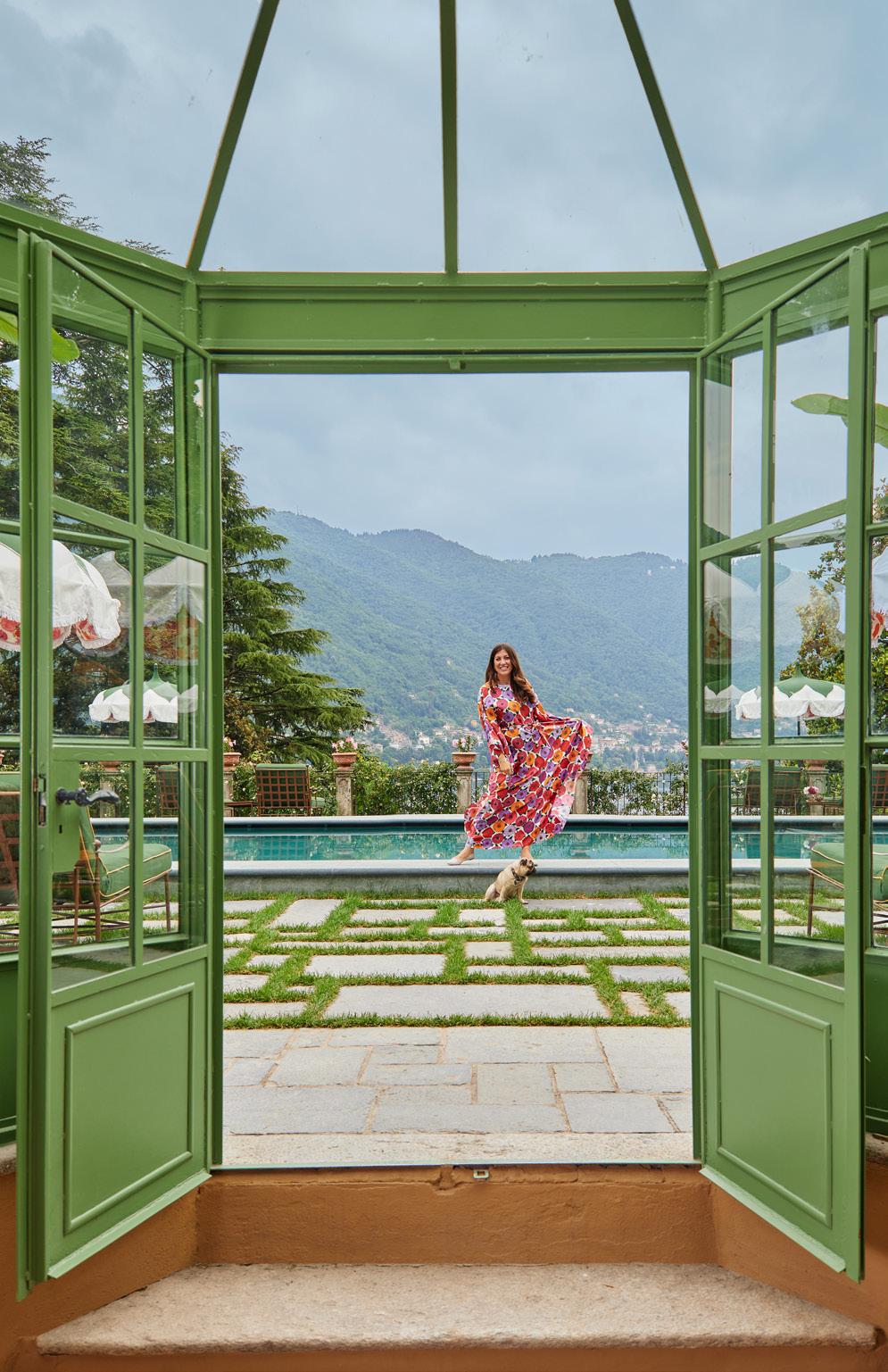
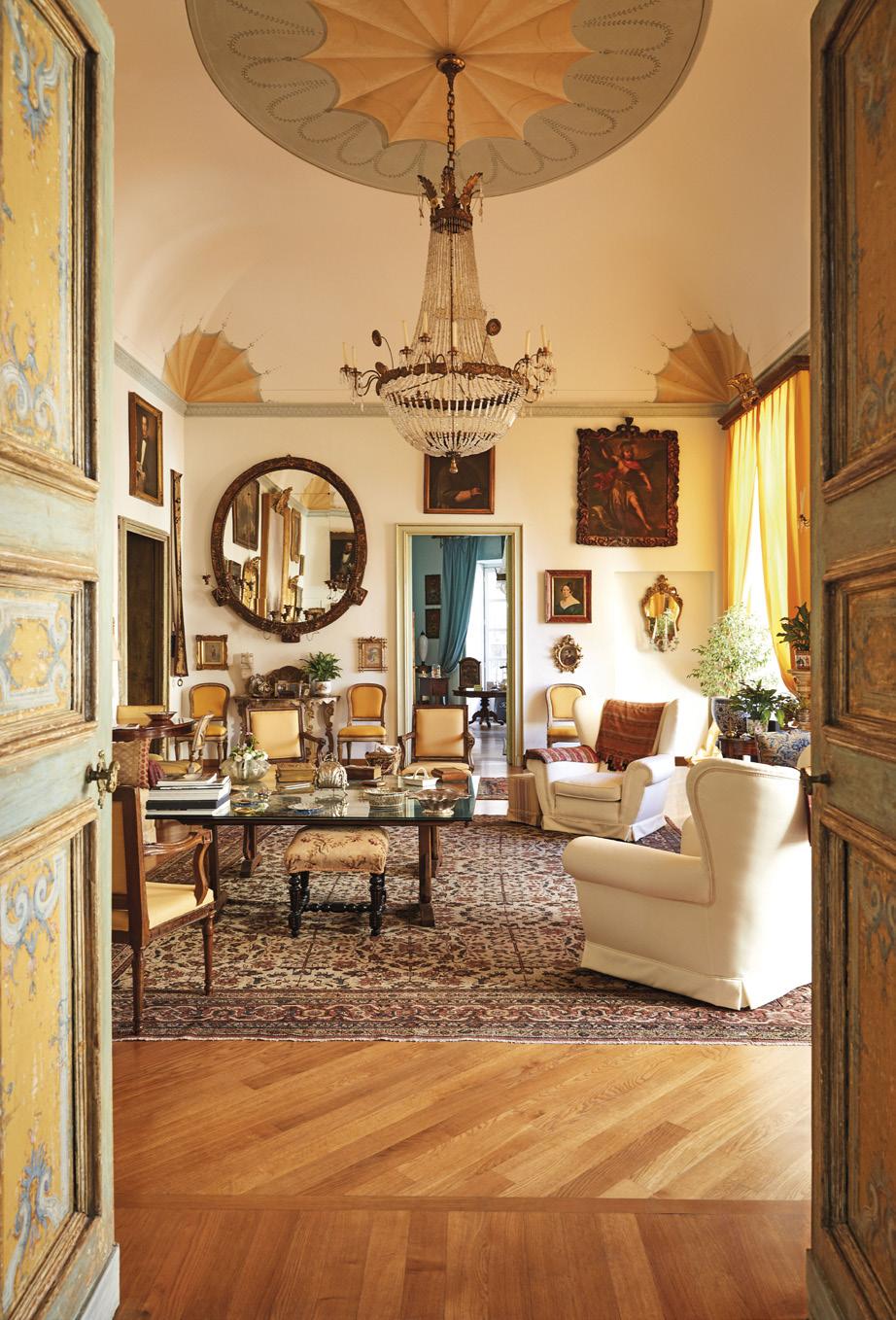
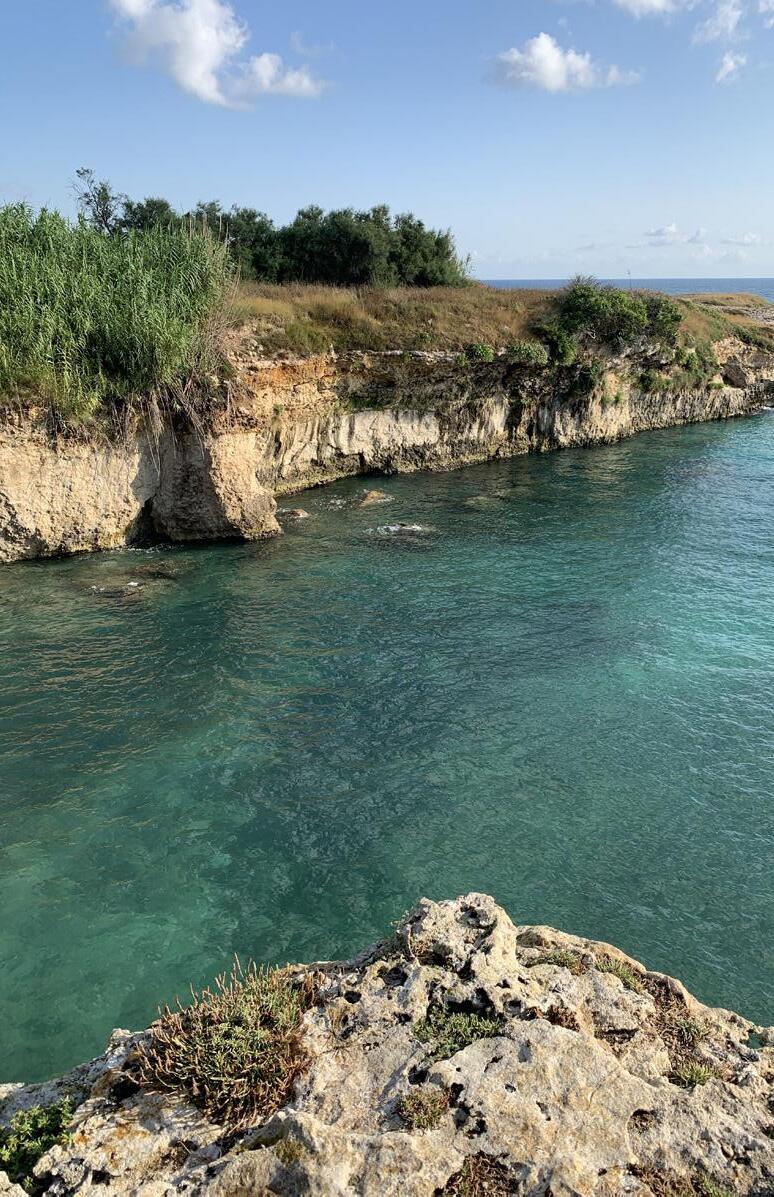
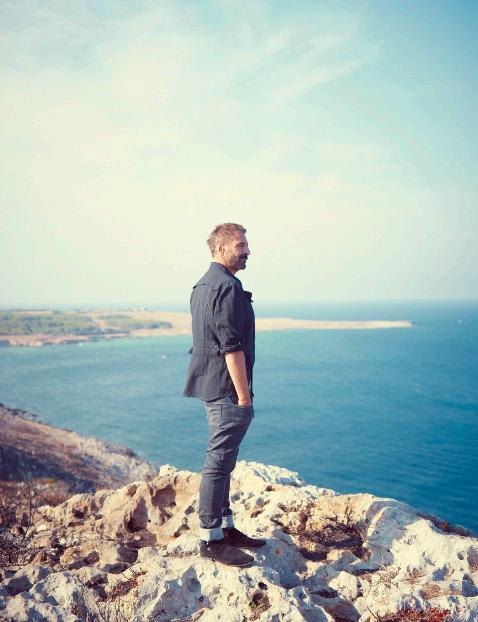
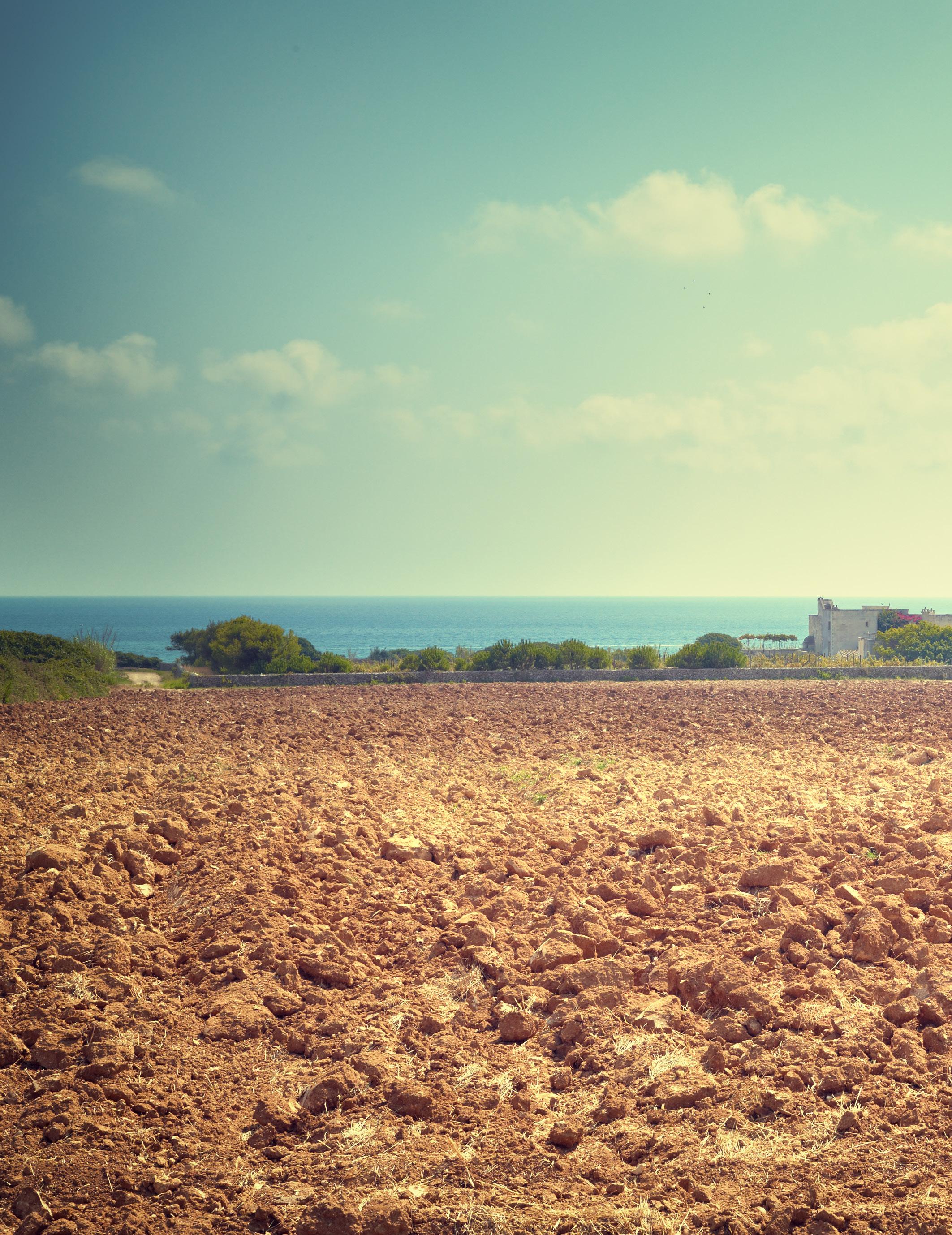
Etna
